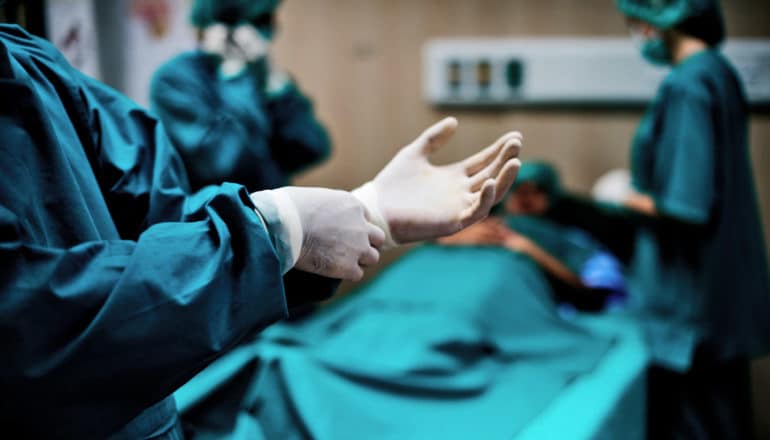
A new study offers a model for creating a sustainable neurosurgery programs in poor, remote locations.
Low- and middle-income countries in remote locations with little access to care can create sustainable neurosurgical programs by recruiting and training young, local doctors, according to the study.
The study in the journal World Neurosurgery analyzed the effectiveness over the past 20 years of a successful neurosurgical department, its residency program, an international residency rotation, and a medical student exchange program, all in Santarém, a poor, remote region of Brazil in the Amazon rainforest.
Access to care for residents of Brazil’s rural north, where Santarém is located, depends on finding affordable transportation to the region’s only municipal hospital, which serves an area larger than Texas with limited resources.
Specialized care is almost non-existent. Patients whose conditions cannot be treated locally are transferred to larger regional hospitals. Researchers say attracting medical residents and attending physicians to the remote location—where there is one neurosurgeon for every 200,000 to 500,000 people—has been difficult due to low pay and a lack of surgical supplies.
But what improved conditions and created more access for patients, researchers say, is a five-year neurosurgery residency program started in 2014 that has led to upgraded facilities and new surgical equipment as well as expanded partnerships between academic and regional training centers.
The program—which adds one new resident who splits clinical duties between the municipal and regional hospital—helped attract surgeons who could navigate health care barriers and work with limited resources.
“Having worked in the Santarém hospital system, I was fascinated by how it was able to create a sustainable neurosurgical program to care for people in a poor area with limited resources by using doctors who were from the local area,” says lead author Nicole Silva, a medical student at Rutgers New Jersey Medical School.
The study also looks at neurological health issues, including those of indigenous people, that are unique to the region. Researchers found that neurological surgeries took place for brain and spinal injuries from shallow water diving, falls from enormous Amazonian trees, and from being struck by falling fruit, as well as for neurosurgical care, such as spine surgeries, tumor surgeries, and hydrocephalus treatment.
“Understanding the effect the environment has on patients from rural Amazonian communities has distinguished the young neurosurgeons of this region from those who trained in the traditional model in Brazil,” Silva says. “I was inspired by these doctors who came from the area. They knew they wouldn’t be compensated well but considered it a source of pride to provide care for people in the community where they were raised.”
The researchers are encouraging other areas with barriers to neurological care to investigate replicating the program in Brazil. “It would require support from the established medical system of that country, a hospital with surgical suite capabilities, attending physicians, and medical residents supported by residency education of their healthcare system and medical education system,” says Silva.
“Each one of these factors differ immensely among low- to middle-income countries worldwide.”
Additional coauthors are from Rutgers and the department of neurological surgery at the State University of Para in Santarém, Brazil.
Source: Rutgers University
The post How to make neurosurgery possible in the Brazilian Amazon appeared first on Futurity.
from Futurity https://ift.tt/2qQxszY
No comments:
Post a Comment